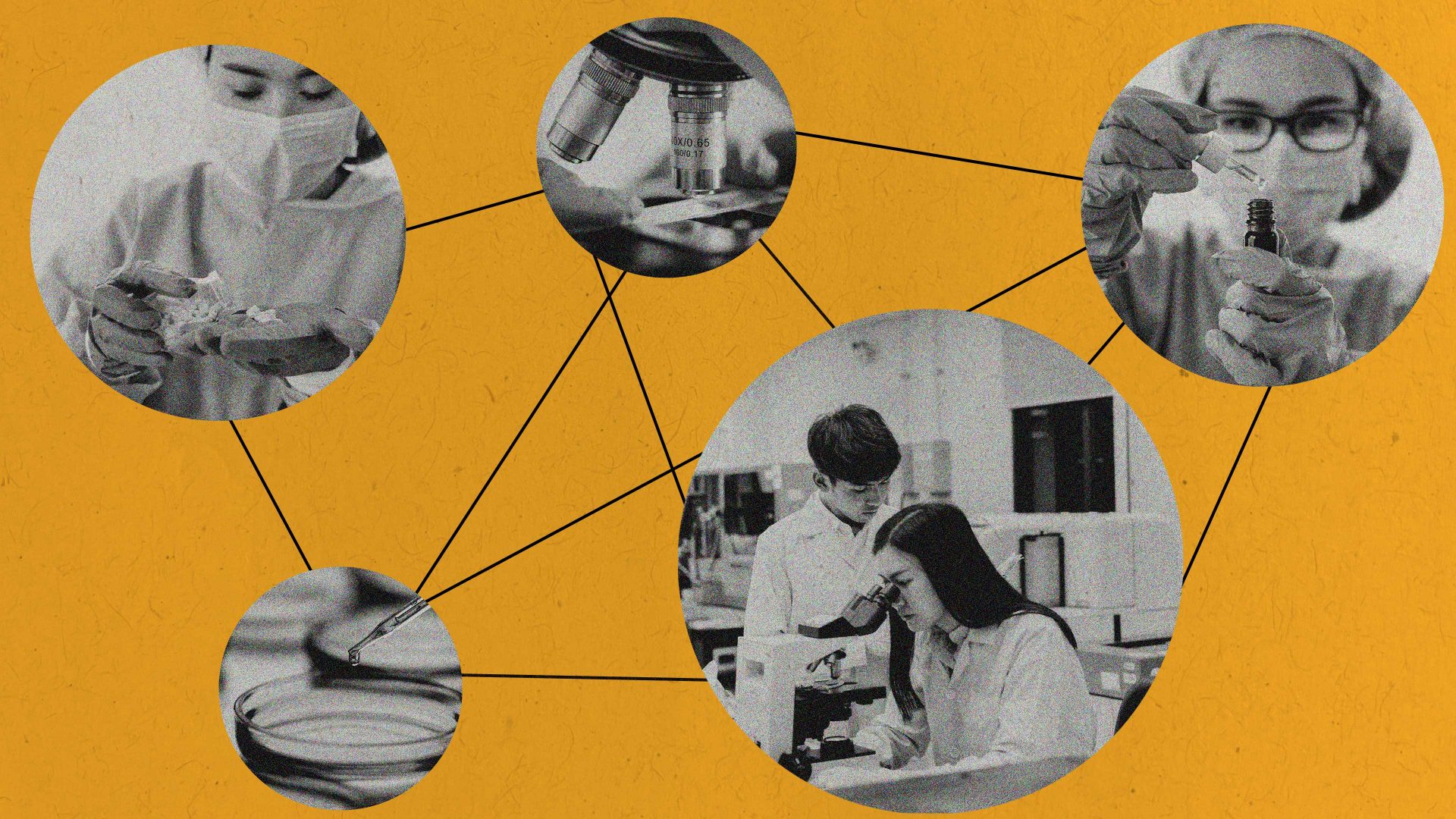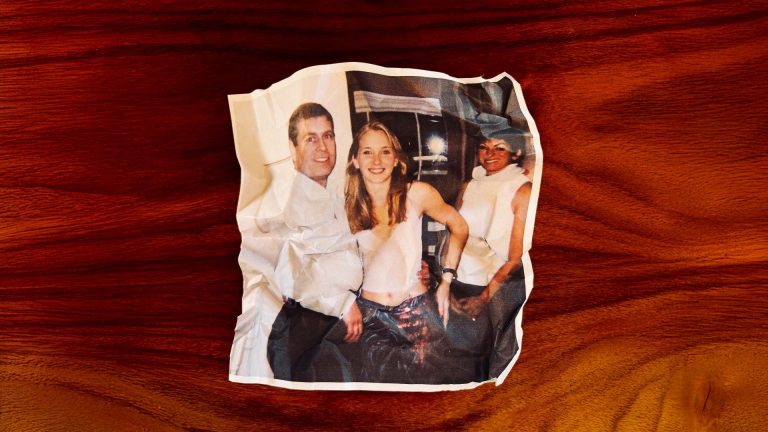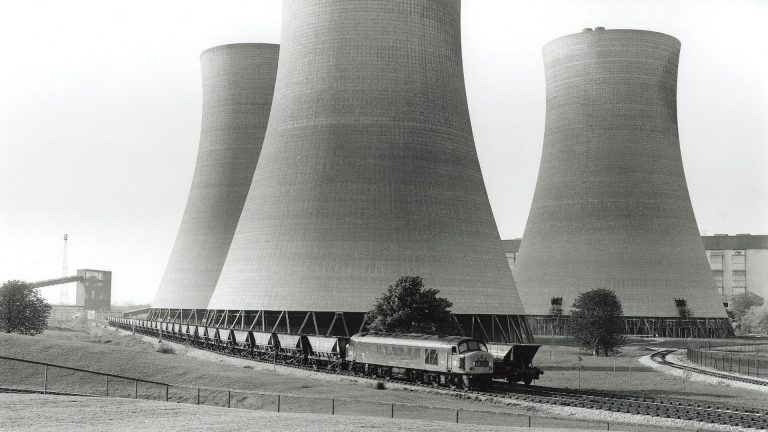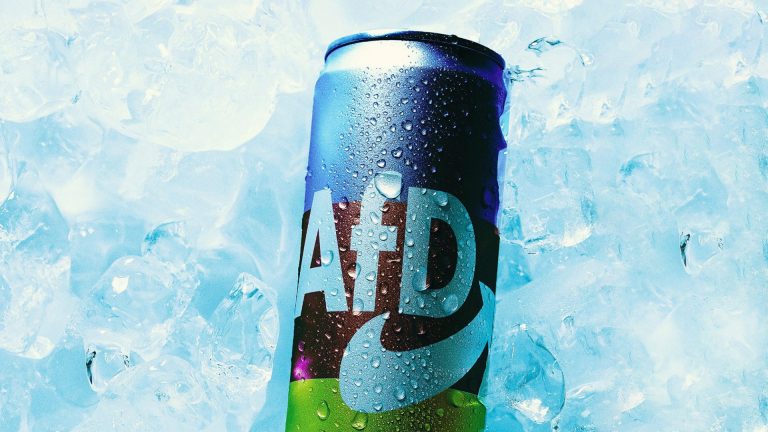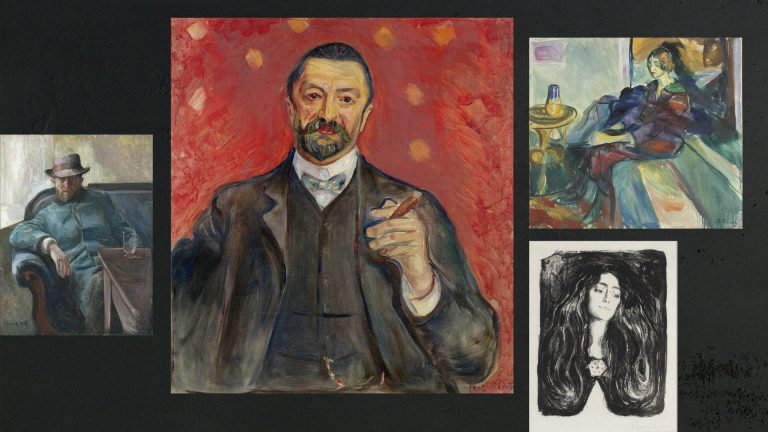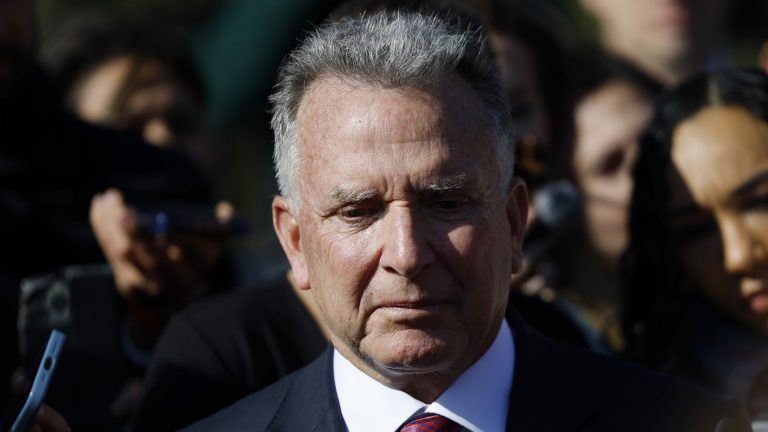There is an ever-growing realisation that whether in our politics, planet or public services, change is required, but that the challenges we now face in the early to mid-part of this century seem, on occasion, to be insurmountable. Our body politic only adds to that feeling. Whether it’s meaningful, global change on climate policies or, domestically, having the tools to effect progress, I’d argue that the speed at which governments are having to play catch-up with the pacesetters of the Fourth Industrial Revolution renders them far less relevant in shaping that future. It’s a quaint notion now when someone suggests they’d like to change the world by going into politics – if you really want to change the world don’t be a politician, be a scientist, an engineer, an entrepreneur.
In this world there are stories of enormous optimism, blinding genius, and an incorruptible determination to shape a better future – and a future that isn’t light years away, but within the first half of the 21st century.
On my LBC show I wanted to share the stories of the people who can change the world and who are on the cusp of turning fantasy into reality. Not all their work will bring success immediately – as Virgin Orbit displayed recently in its unsuccessful debut launch – and some of the ideas are a way off yet. But the optimism, self-belief, vision and endeavour is a tonic to the sense of decay and decrepitude emanating from Westminster.
Our politicians wanted, they said, to offer hope in 2023.
Below are examples of five scientists, engineers and entrepreneurs who genuinely can do that.
Ariel Ekblaw, director, Aurelia Institute
Ariel Ekblaw is director of MIT’s Aurelia Institute, a project borne out of her PhD thesis to increase humanity’s presence in low-Earth orbit.
“We’re talking about space habitats that can house thousands of humans, floating in micro-gravity and perhaps spun by the power of light alone.”
Project Tessera proposes to do what Ikea has done for your living room and bring it to low-Earth orbit. A series of pentagonal and hexagonal tiles will be stored like flat-pack furniture on board a rocket and fired into space. “They will be spat out one by one”, says Ariel, “and float autonomously. The tiles have powerful magnets that allow them to dock together to form a buckyball”. These structures self-assemble so don’t require astronauts or robotic arms or, crucially, enormous rocket payloads to take them to space.
In the next four years, the American firm Axiom Space plans to have a commercial ecosystem operational in low-Earth orbit. “Privately operated modules attached to the International Space Station and, once the ISS is retired in the next few years, these modules will take over… they will create business parks where Hollywood can film movies and scientists can do science.”
Aurelia plans to have the first human-scale, in-space deployment of this habitable, zero-gravity, Ikea showroom by the end of this decade: “By the mid 2030s, the hope is to be operating more than one Tessarae in space where people can live and work and play”.
Dr Joshua Flack, head of cell biology at Mosa Meat
“We don’t eat all of our experiments,” confirms Josh from Mosa Meat, which is lucky, given that Mosa Meat is at the vanguard of producing juicy, tender, tasty meat.
Every year, 70bn animals are killed for human consumption and, on current trends, that demand is set to increase by 70% come 2050. “The current methods of meat production worldwide are not sustainable,” Josh says, “but people don’t want to stop eating it.”
Rather than just offer plant-based alternatives, scientists are engineering meat in the lab from the cells of living animals. “It’s the same tissues, the same actual meat products, but we are growing those cells outside of a living organism.”
Key to the curation of the meat is the successful nurturing of the cells. “We take about half a gram of cells and let them proliferate and grow, to double and specialise into muscle tissue – in the right conditions, cells are very happy and capable of doing this.” In their best cultures, these cells go through 30 to 40 generations. “That would be enough to fill a supermarket. With 40 or 50 generations, we can start to replace whole parts of the agricultural system.”
But Josh has a warning. “There is a difference between your best culture and a robust bio-process – we need to reproduce these results at scale, outside of a lab.”
This endeavour is also incredibly expensive – the first cultured-meat burger, made by the founders of Mosa Meat back in 2013, cost £250,000.
“This is a nascent technology,” warns Josh, but, by 2030, meat grown from cells will be a robust enough process to move from the lab to the factory. By the turn of the next decade, Josh says, most of the meat on sale to the consumer “will be plant-based or lab-grown”.
Greg Brittles, from Tokamak Energy
For milliseconds last year, an industrial park near Abingdon in Oxfordshire became the hottest place in the solar system. A nuclear fusion reaction at Tokamak Energy heated hydrogen to over 100 million degrees Celsius – replicating the chemical reaction of the sun.
In doing so, Tokamak became the first private nuclear fusion company to achieve a temperature that is the threshold for nuclear fusion.
“The ultimate dream is that we provide the world with a source of clean, safe, globally deployable, abundant, cost-effect energy. A world where you would continue to use energy but don’t feel guilty when you turn on the kettle,” says Greg Brittles, a senior magnet engineer at Tokamak Energy.
One of the many challenges for nuclear fusion is keeping those hydrogen atoms at that temperature for longer than the time it takes to blink. Tokamak, says Brittles, will be able to demonstrate long-pulse fusion by 2026 – a game-changer achieved through suspension of this new star in free-space via powerful electro-magnets that are cooled to -269C.
For all nuclear fusion’s promise, the reality of it has seemed many generations away until now. In the early 2030s, Brittles says, Tokamak hopes to be able to prove that nuclear fusion can generate 200mW of energy and from there, if they’re successful, the rollout of nuclear fusion plants in the UK will begin in the 2040s.
“This is the legacy we need to leave to our children.”
Sir Richard Branson, founder of Virgin, entrepreneur, and astronaut
Despite failing to reach orbit on their first attempt, Sir Richard Branson is determined that satellite launches from Cornwall will become a regular feature. “We would love to be able to do it regularly from the UK and I’m sure we’ll have discussions with the British government to offer this service for years to come,” he says.
His company, Virgin Orbit, was developed over the last few years using an old Boeing 747 that takes off from Cornwall Newquay airport, “climbs to 40,000 feet and then drops the rocket, which will go from 0 to 17,500 miles an hour into orbit, dropping off satellites.”
Virgin Orbit wants to provide a service that is in greater demand as more companies and governments look to launch satellites, at much lower cost, into space. But Branson isn’t content with just launching bits of kit up there, he wants to democratise space flight for people, too.
“We have 800 people signed up to go to space already and we are building a number of new spaceships and motherships.”
Branson had his own trip into space, beating two other billionaires – Jeff Bezos and Elon Musk – in escaping Earth’s orbit, but he baulks at the notion of a billionaire space race. “I hate the word billionaire, he says. “I see myself as someone who loves to create things. I’ve never thought of going into these businesses with the idea of creating lots of money. Calling someone by their wealth is slightly demeaning. I am an entrepreneur.”
Private enterprise is, he suggests, underappreciated. “I would simply say that private enterprise, which has taken over somewhat from Nasa, has brought the cost of space travel and the cost of environmental impacts of space travel down to a fraction of what they were before – it’s the value of private enterprise and entrepreneurs going into government business.”
Dr Andrew Steele, biologist, and author of Ageless: The New Science of Getting Older Without Getting Old
“In our lifetimes,” says Andrew Steele – who is touching 40, “there are going to be people who on average live to 100.”
This future is possible by targeting the hallmarks of human ageing, which he says is the single largest cause of death – “70% of deaths globally are caused by the ageing process.”
The aim of the research is to flatten a curve that sees your current risk of death double every eight years, to the point where if you’re lucky enough to make it into your 90s, “your risk of death is one in six”.
In his book, Steele identifies 10 hallmarks of ageing that, added together, make you more likely to die of a heart attack or dementia. If those hallmarks can be targeted, the chances of suffering from any of those diseases would drop; you could be biologically 100 but with the physical health of a 35-year-old.
One of these hallmarks of ageing are senescent cells – old cells that permanently stop dividing, but don’t die. Steele cites experiments on mice that targeted and killed off those senescent cells. The trial found that the effect of senolytic drugs was to “turn the biological age of the mice backwards” – “they were fitter, free of disease, had better cognitive function and just looked fantastic!” Human trials with these drugs targeting those cells are now under way.
“There is a burden of suffering in old age, but now we are at this exciting and critical stage of the science where almost anything is possible.”
Tom Swarbrick is the presenter of LBC Drivetime and host of The Session podcast

